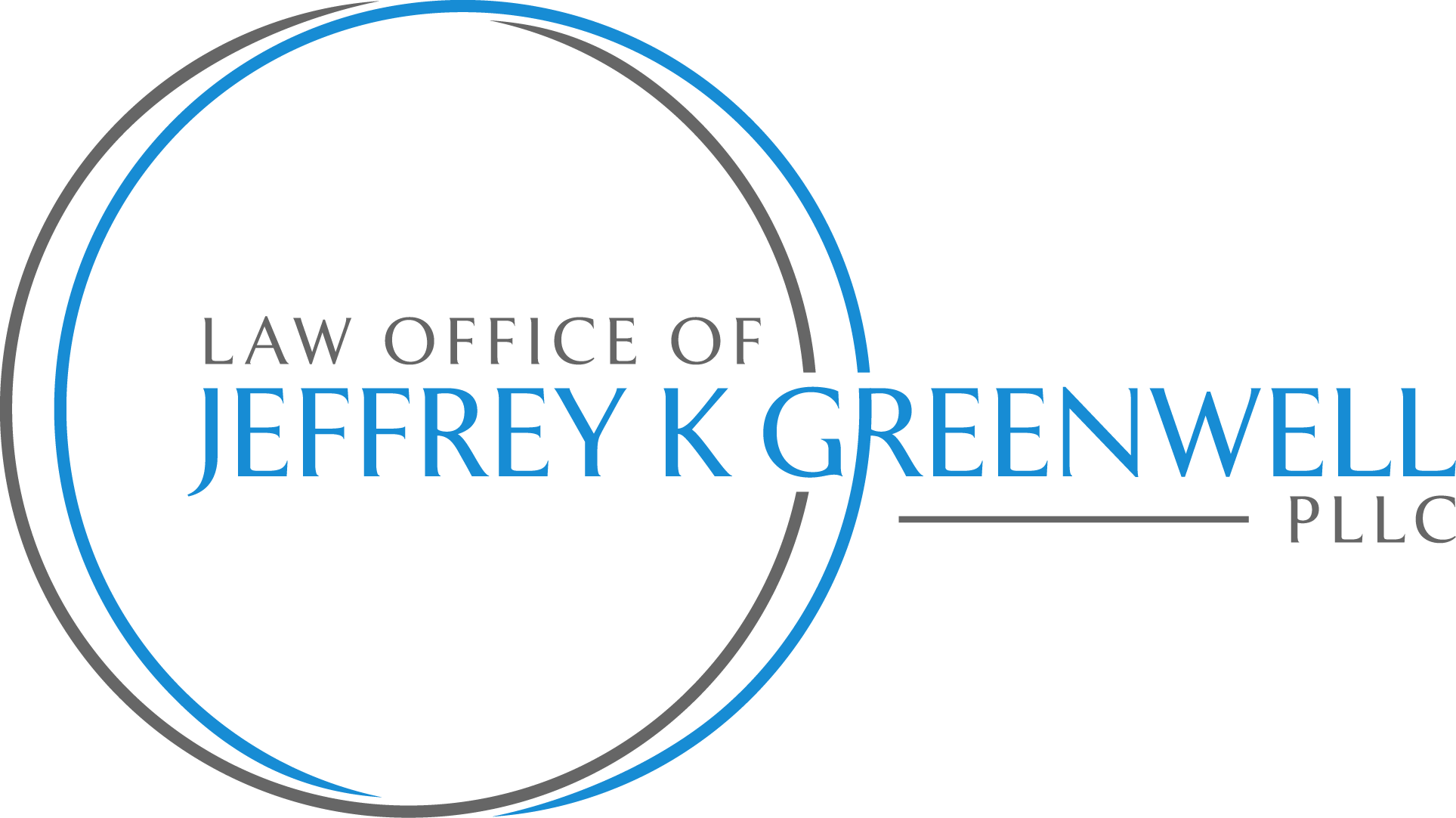If you’re seriously considering closing down a struggling business, you are likely very concerned about personal damage control: how do you end the business without being pulled down with it?
My last blog was about saving your business through a Chapter 13 case. I can explore that option with you when you come in to see me, but let’s assume here today that either before or after talking with me you’ve made up your mind to close the business. And let’s keep it simpler by assuming that your business is or was a sole proprietorship, as I did in the last blog, and that you truly need bankruptcy relief because of the totally unmanageable size of the debts.
Lots of considerations come into play, but let’s focus on two main ones—assets and debts—in looking at three options: 1) a no-asset Chapter 7 case, 2) an asset Chapter 7 one, and 3) a Chapter 13 case.
No-Asset Chapter 7 for a Fast Fresh Start
After putting so much effort and hope into your business, once you accept the reality that you have to give up on it, you understandably may just want to clean up after it as fast as possible. And in fact a “straight bankruptcy” may be the most consistent with both your gut feelings and with your legal realities.
IF everything that you own—both from the business and personally—fits within the allowed asset exemptions, then your case will likely be relatively simple and quick. A no-asset Chapter 7 case is usually completed from start to finish in about three months. And if none of your assets are within the reach of the trustee, there is nothing to liquidate and distribute among your creditors. The liquidation and distribution process can take many additional months—or even years, so avoiding that streamlines a Chapter 7 case greatly.
But this assumes that all your debts can be handled appropriately in a Chapter 7 case—the debts that you want to discharge (write off) would be discharged and those that would not are ones that you either want to or are able and willing to pay. The debts you want to pay may include secured debts like vehicle loans and mortgages; debts you are able and willing to pay may include certain taxes, support payments, and perhaps student loans.
Asset Chapter 7 Case As a Convenient Liquidation Procedure
If you do have some assets that are not exempt, that alone may not be a reason to avoid Chapter 7. Assuming that those are assets that you can do without—and maybe even are happy to be rid of, such as if they came from your former business—letting the bankruptcy trustee mess with them instead of you doing so may be a sensible and fair way of putting the past behind you.
That may especially be true if you have some debts that you would not mind the trustee paying out of the proceeds of selling your non-exempt assets. You can’t predict with certainly how a trustee will act and how much if any would trickle down to which creditors, but this is something to keep in mind with this option.
Chapter 13 to Deal with the Leftover Consequences
Even if you’d prefer putting your closed business behind you quickly, there may be fallout from that business that a Chapter 7 would not deal with adequately. For example, if the business left you with substantial tax debts that cannot be discharged, non-exempt assets that you need to protect, or a significant mortgage arrearage, Chapter 13 could sometimes save you thousands of dollars and provide you protection from and a better way of dealing with these kinds of creditors. Deciding between Chapter 7 and 13 when different factors point in different directions is where you truly benefit from having an highly experienced bankruptcy attorney help you make that delicate judgment call.
